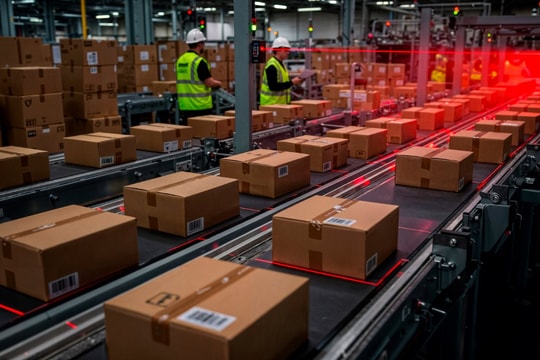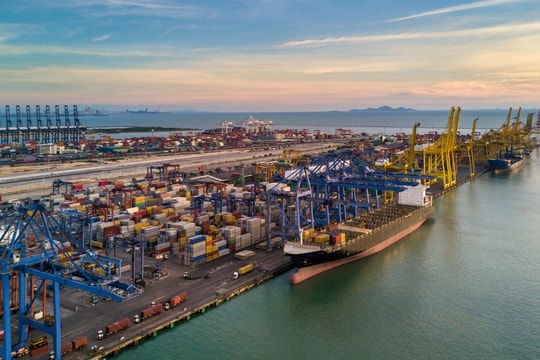
This article explores how supply chain leaders can reshape KPIs into powerful tools that drive innovation and business optimization.
1. Understanding the Role of KPIs in Supply Chains
KPIs Are More Than Just Measurement Numbers
KPIs (Key Performance Indicators) have long been used as tools to assess goal achievement within businesses. In supply chains, essential KPIs typically relate to delivery speed, inventory accuracy, customer satisfaction, and operational costs.
However, in many cases, KPIs are still regarded as static reporting figures, lacking the necessary updates and flexibility to accurately reflect a company’s real-time situation. If not designed and managed properly, KPIs can become obstacles rather than drivers of performance improvement.
Modern Trends: Aligning KPIs with Business Strategy
According to Gartner, leading companies are shifting toward action-oriented KPIs that enable real-time data monitoring and timely decision-making. This allows businesses to not only assess performance but also proactively adjust strategies to meet market demands.
Key trends in KPI utilization within supply chains include:
- Leveraging big data analytics to evaluate trends and improve forecasting accuracy.
- Integrating artificial intelligence (AI) to automate KPI tracking and enhance decision-making.
- Using real-time KPI management platforms to optimize supply chain operations.
2. Steps to Transform KPIs into Effective Management Tools
Step 1: Clearly Define Strategic Goals
KPIs should be developed based on the company’s strategic objectives. If an organization focuses on cost optimization, its KPIs should measure supply chain efficiency in minimizing waste and improving operational effectiveness. If customer experience is a priority, KPIs should reflect delivery speed and service quality.
A McKinsey study indicates that companies with tightly aligned KPIs and strategy achieve 25% higher revenue growth than those lacking such integration.
Step 2: Selecting Meaningful and Relevant KPIs
Some of the most critical KPIs in supply chain management include:
- On-time Delivery Rate: Measures logistics efficiency and customer satisfaction.
- Order Cycle Time: Evaluates order processing speed and efficiency.
- Optimal Inventory Level: Ensures a balance between supply and demand.
- Logistics Cost per Order: Helps monitor financial efficiency in supply chain operations.
3. Implementing an Effective KPI Measurement and Monitoring System
Integrating Technology for Real-Time KPI Management
Traditional KPI measurement methods are no longer suitable for today’s dynamic business environment. Modern companies need to adopt technology-driven solutions for real-time KPI tracking, enabling swift responses to market changes.
Technologies widely used in KPI management include:
- ERP Systems (Enterprise Resource Planning): Automates and optimizes KPI data collection from multiple sources.
- Big Data Analytics: Enhances trend analysis and business strategy optimization.
- Internet of Things (IoT): Enables real-time tracking of goods within the supply chain.
- AI and Machine Learning: Predicts risks and recommends optimal solutions.
Ensuring Transparency and KPI Accessibility Across the Organization

One common mistake many businesses make is limiting KPI data to management teams without effectively communicating it to relevant departments. KPIs become truly meaningful when they are shared with the entire workforce, ensuring alignment with organizational goals and responsibilities.
Successful businesses often implement visual KPI dashboards that allow employees to track performance updates and make necessary adjustments proactively.
KPIs – The Key to a Flexible and Sustainable Supply Chain
Transforming KPIs from static metrics into powerful management tools not only helps businesses measure performance but also guides strategic direction and enhances competitiveness. When designed intelligently, flexibly, and integrated into daily operations, KPIs enable companies to respond swiftly to market fluctuations, optimize efficiency, and increase profitability.
However, achieving this requires a fundamental shift in how businesses perceive KPIs—from mere "measurement" tools to actionable insights, from static data to dynamic analytics, and from traditional management to technology-driven solutions. Only then can KPIs truly become a vital asset in building a resilient and agile supply chain amid today’s complex business environment.



.jpg)

.jpg)
.jpg)
.jpg)


.jpg)
.jpg)














